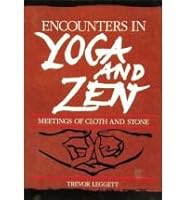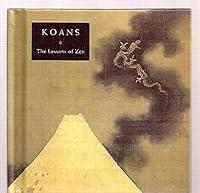Zen and the Ways
You Might Also Enjoy
Customer Reviews
Rated 5 starsA book of profound importance.
If Trevor Leggett is involved, you know the book is worth buying. This book is well written. The great strength of Mr. Leggett's writing is that he never loses sight of the practical implications of what the Masters have written. Here we have the inclusion of the classic `On Meditation' by the master Daidaku and rare translations of the Kamakura koans. You will read this book over and over again. A must for your zen library...
0Report
Rated 5 starsCan't go wrong with Leggett
I just ordered my second copy of this book. The first was falling to pieces from age and long use. I like Leggett. He was a businessman, a high-ranking judo practitioner, and an acknowledged expert on Asian culture. His presentation always seems more real-world to me than either the new age instant enlightenment types or those who donned the saffron robes and turned away from the outside world. Except to teach the occasional...
0Report


















![五輪書 [Go Rin no Sho]](https://i.thriftbooks.com/api/imagehandler/s/0ABE1FF1E7DF3C85C7242652307B3AC5CC4AE12A.jpeg)




![禅と日本文化 [Zen To Nihon Bunka]](https://i.thriftbooks.com/api/imagehandler/s/17AF543D23E95E8677E3AA7B40A6926B65C1229C.jpeg)






































